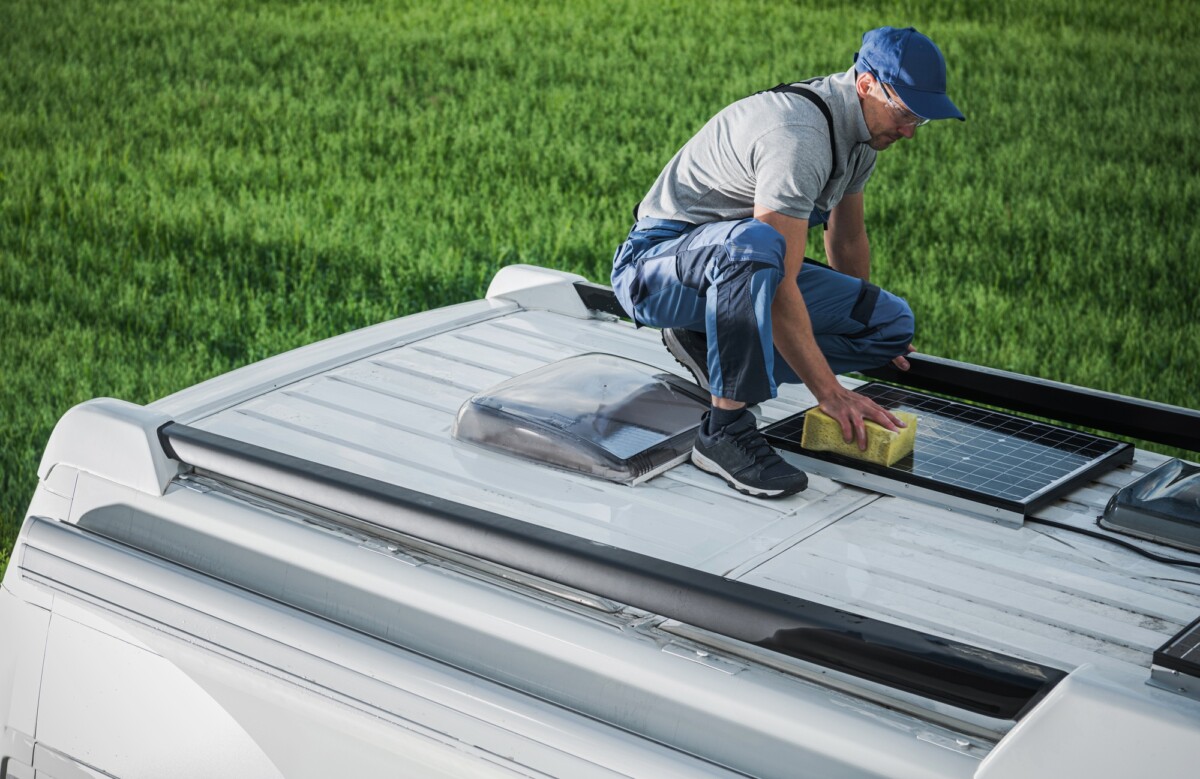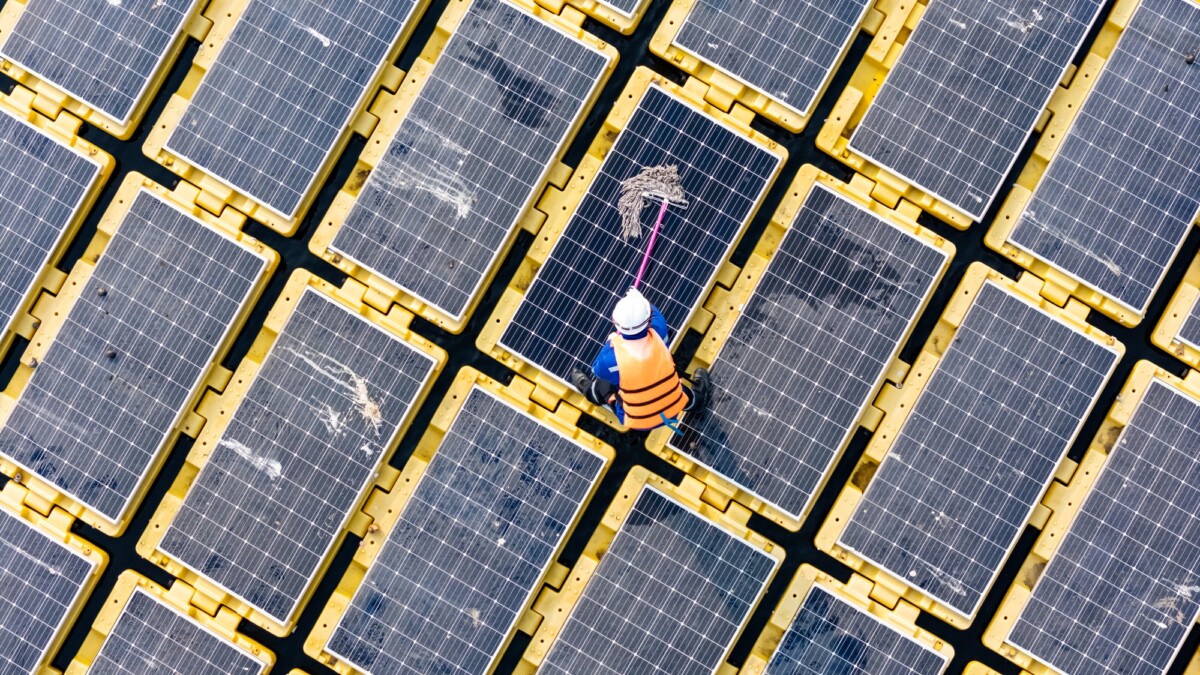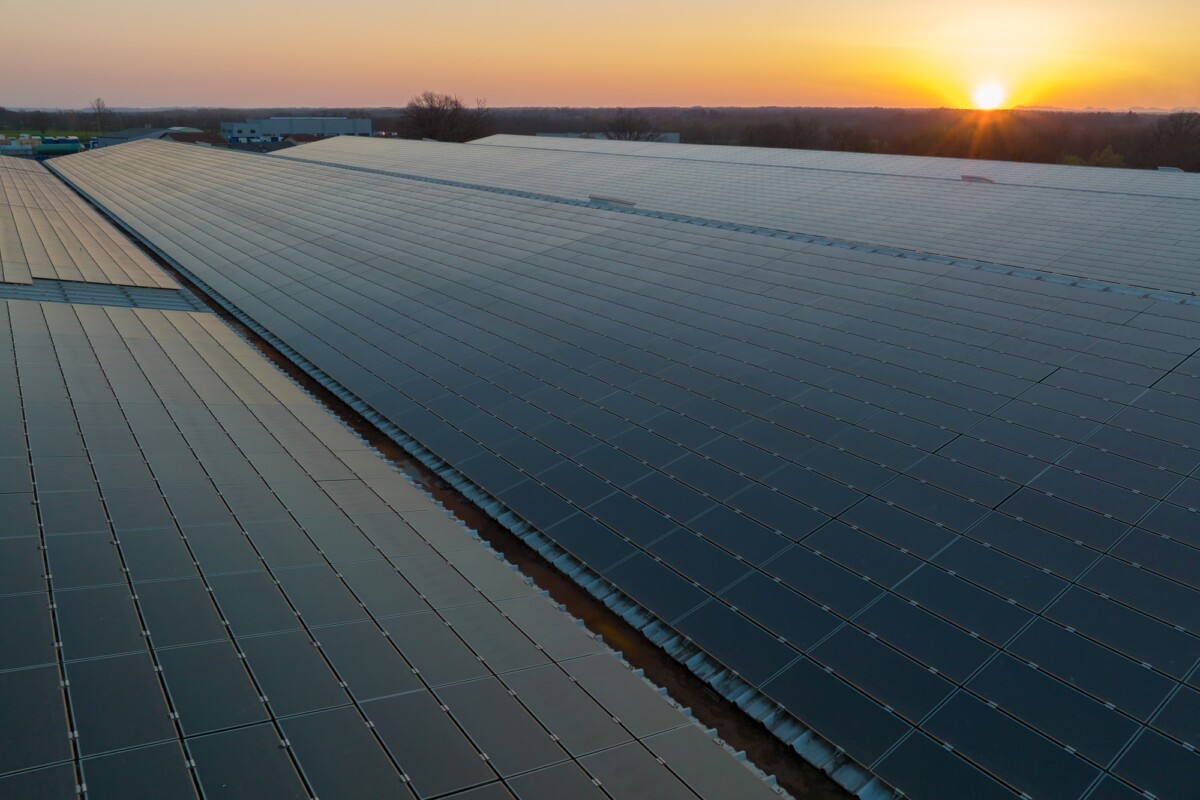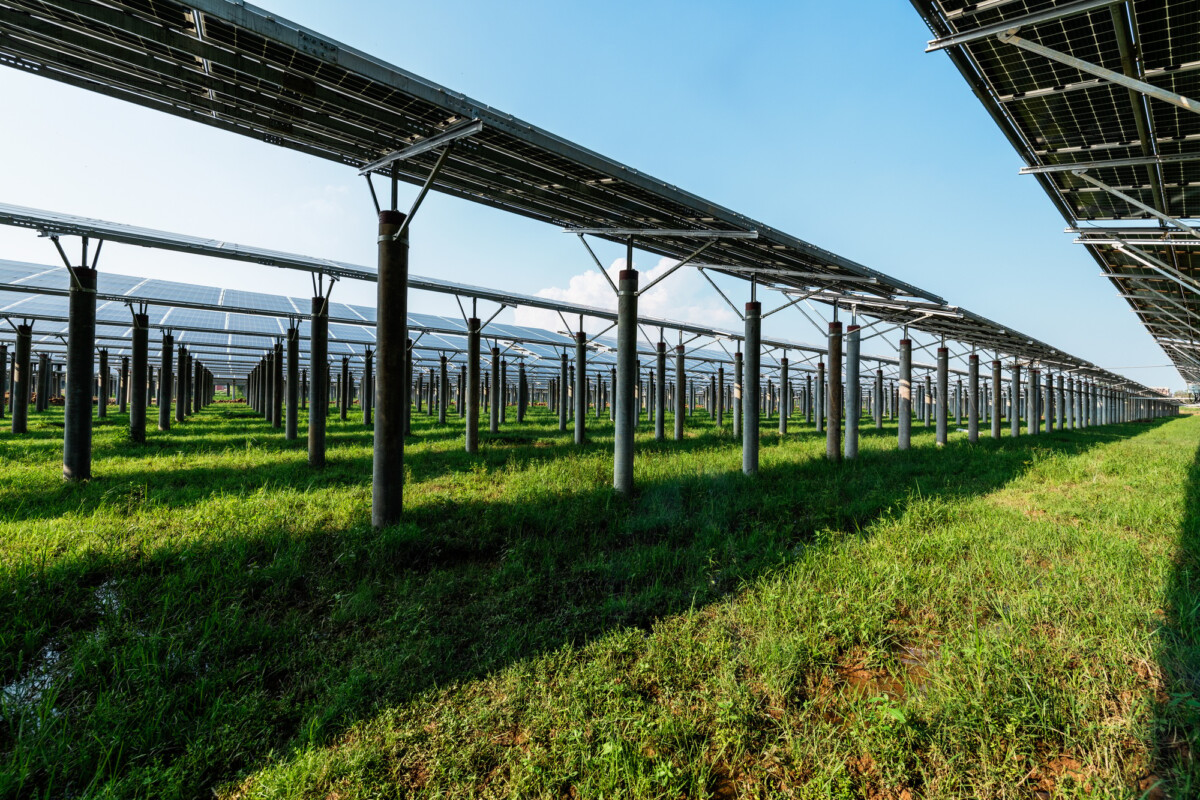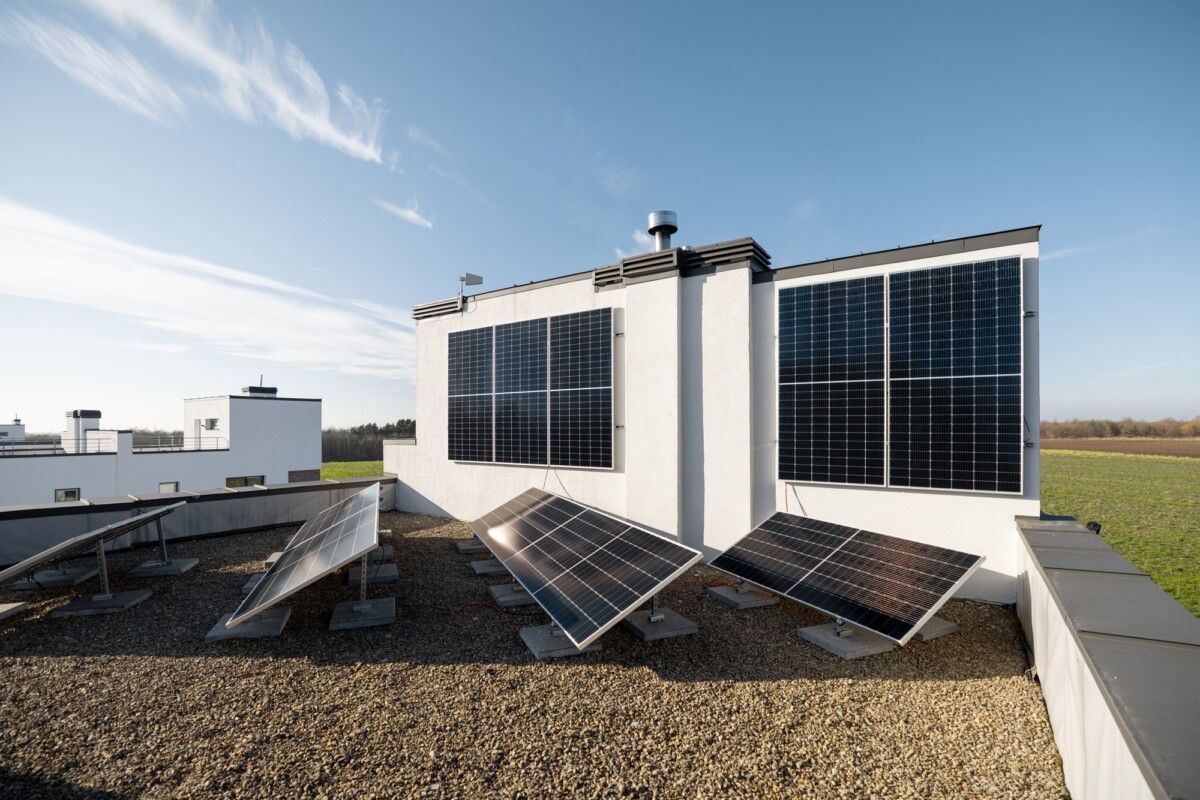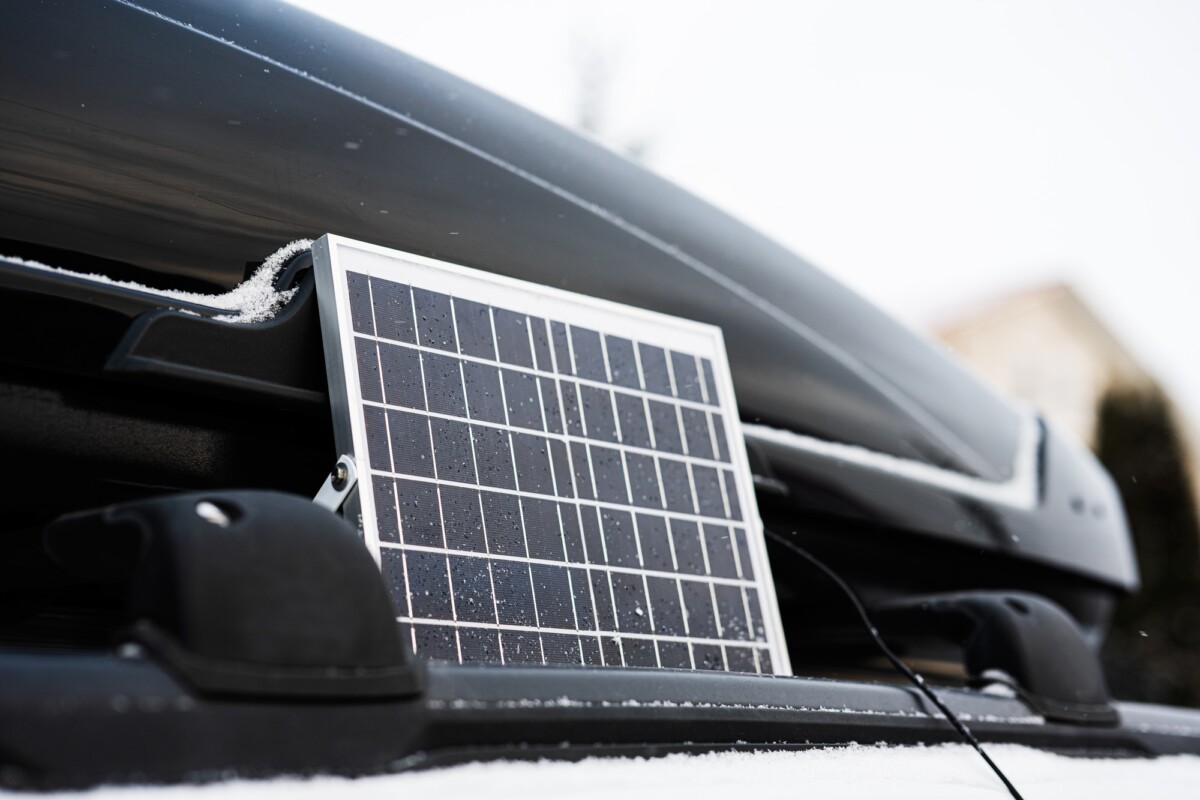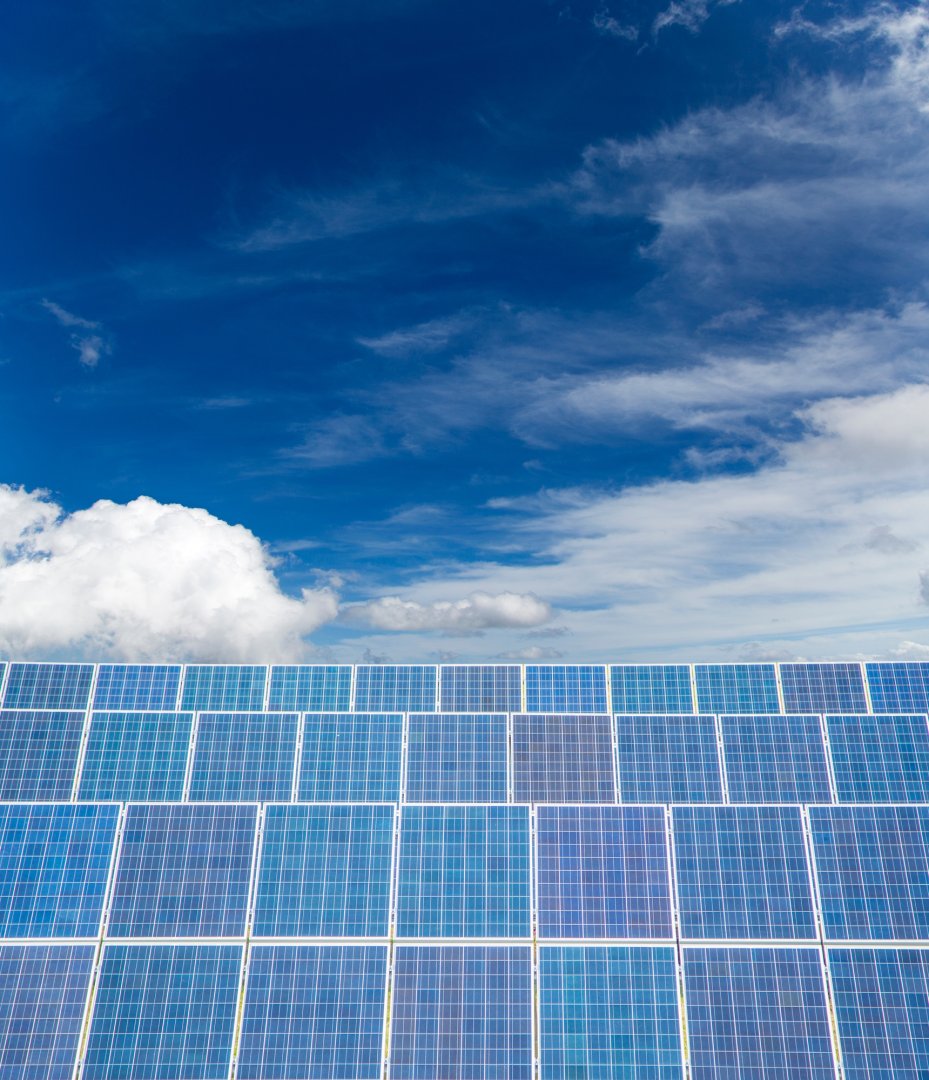Understanding the Basics: What You Need to Know Before Wiring Solar Panels
Wiring solar panels may seem daunting, but with some guidance, anyone can grasp the essentials. Knowing how to wire solar panels is vital for ensuring your solar system operates efficiently and safely. It can also reduce installation costs and enable you to maintain your system independently.
Key Components of Solar Panel Wiring
Understanding the main components is crucial before starting the wiring process:
- Solar Panels: Capture sunlight and convert it into electricity.
- Inverter: Changes direct current (DC) from the panels into alternating current (AC) for home use.
- Battery: Stores surplus energy for future use.
- Charge Controller: Manages the voltage and current from the solar panels.
Steps to Wire Solar Panels
- Plan Your System: Determine the number of panels and their layout.
- Connect the Panels: Use cables to link panels in series or parallel.
- Install the Inverter: Connect panels to the inverter for AC conversion.
- Set Up the Battery: Attach the battery for energy storage.
- Test the System: Verify everything functions smoothly and safely.
Mastering how to wire solar panels not only enhances your confidence but also deepens your understanding of your energy consumption, paving the way to becoming a solar-savvy homeowner.
Step-by-Step Guide: How to Wire Solar Panels Safely and Efficiently
Wiring solar panels is essential for capturing the sun’s energy to power your home efficiently and safely. Here’s a simplified guide to help you get started.
1. Gather Your Tools and Materials
To begin, you’ll need solar panels, an inverter, a battery, wires, connectors, and safety gear like gloves and goggles.
2. Connect the Solar Panels
Position your solar panels in a sunny location. Connect them in series to increase voltage or in parallel to boost current, using connectors for secure links.
3. Wire to the Inverter
Attach the solar panels to the inverter, which converts solar energy into usable electricity. Ensure all connections are secure to avoid energy loss.
4. Link to the Battery
Finally, connect the inverter to the battery for energy storage. Ensure compatibility and handle with care to prevent mishaps.
By following these steps, you can wire your solar panels confidently and enjoy renewable energy. Always prioritize safety and consult a professional if needed!
Choosing the Right Tools and Materials for Wiring Solar Panels
Learning how to wire solar panels is essential for anyone interested in harnessing the power of the sun. It’s not just about connecting wires; it’s about ensuring safety and efficiency. With the right tools and materials, you can set up a solar system that powers your home sustainably.
Essential Tools
To start, gather these essential tools:
- Wire cutters and strippers: For cutting and preparing wires.
- Multimeter: To measure voltage and ensure everything is working correctly.
- Screwdrivers: For securing connections.
Key Materials
Next, ensure you have these materials:
- Solar panels: The heart of your system.
- Wiring: Choose the right gauge for your system’s needs.
- Connectors: To link panels together securely.
Safety First
Remember, safety is crucial. Always wear protective gear and double-check connections. This way, you’ll avoid any mishaps and ensure your solar setup runs smoothly. Wiring solar panels might seem daunting, but with the right tools and materials, it becomes a manageable and rewarding task.
Common Mistakes to Avoid When Wiring Solar Panels
Understanding how to wire solar panels is essential for anyone eager to tap into solar energy effectively. However, even the most dedicated DIY enthusiasts can stumble into errors that compromise efficiency or safety. Here are some typical mistakes and tips to steer clear of them.
Incorrect Wiring Connections
A frequent error is misconnecting wires, which can degrade performance or harm your solar panels. Always verify that positive wires link to positive terminals and negative to negative, as a simple mistake can lead to significant issues.
Skipping the Fuse
Neglecting to install a fuse is another common oversight. Fuses safeguard your system against electrical overloads, preventing potential damage to panels or components. Including a fuse in your setup is crucial for maintaining safety.
Using the Wrong Wire Size
Using an incorrect wire size can cause inefficiencies. Thin wires may overheat and waste energy. Always adhere to the recommended wire size for your solar panel system to ensure optimal performance and safety.
By sidestepping these common errors, you can ensure your solar panel system operates smoothly, maximizing the benefits of solar energy.

Ready to make the switch? Discover how solar power can lower your bills and boost your home’s efficiency. Get a Free Solar Estimate at FREE SOLAR POWER QUOTES
How to Wire Solar Panels in Different Configurations: Series vs. Parallel
Learning how to wire solar panels is essential for anyone aiming to efficiently utilize solar energy. Whether for a small home system or a larger setup, knowing the wiring configurations can significantly impact performance and reliability. Let’s delve into the two primary methods: series and parallel wiring.
Series Wiring
In series wiring, solar panels connect like a chain, increasing the total voltage while maintaining the same current. This method is ideal for matching the voltage of your inverter or battery bank. However, shading on one panel can affect the entire chain.
Parallel Wiring
Parallel wiring involves connecting all positive terminals together and all negative terminals together, keeping the voltage constant but increasing the current. This setup is beneficial in low-light conditions since shading one panel doesn’t impact others. However, it requires thicker cables to manage the higher current.
Understanding these configurations allows you to tailor your solar panel system to your specific needs. Both series and parallel wiring offer unique advantages and considerations, ensuring your solar setup is both efficient and effective.
Troubleshooting Tips: What to Do When Your Solar Panel Wiring Isn’t Working
Solar panels are a great way to capture solar energy, but wiring them can sometimes be challenging. Knowing how to wire solar panels correctly is essential for their efficiency. If your wiring isn’t working, don’t worry! Troubleshooting can help you fix common issues quickly.
Check the Connections
Start by inspecting all connections. Loose or corroded wires can disrupt electricity flow. Ensure each wire is securely attached and free from rust or dirt. Tighten any loose wires to restore connectivity.
Examine the Inverter
The inverter is crucial, converting solar energy into electricity. If panels aren’t working, check the inverter’s display for errors. Resetting it can solve minor glitches, reviving your system.
Inspect the Wiring for Damage
Look for visible wire damage, like cuts or frays. Damaged wires can block electricity flow. Replace any damaged sections to ensure optimal panel function.
By following these steps, you’ll resolve wiring issues and get your panels back to efficiently capturing solar energy. Understanding how to wire solar panels properly is key to maintaining a reliable solar power system.
How to Wire Solar Panels for Maximum Efficiency and Output
Wiring solar panels is essential for maximizing efficiency and harnessing solar energy effectively. Proper wiring not only saves money but also reduces your carbon footprint. To get started, familiarize yourself with the key components: solar panels, a charge controller, batteries, and an inverter. These elements work together to transform sunlight into electricity for your home.
Steps to Wire Solar Panels
- Connect the Panels: Link solar panels in series or parallel based on your energy requirements.
- Attach the Charge Controller: This regulates the voltage and current from the panels.
- Connect to Batteries: Store energy in batteries for future use.
- Inverter Connection: Convert stored energy into usable AC power.
Tips for Maximum Efficiency
- Use Quality Cables: High-quality cables prevent energy loss.
- Regular Maintenance: Regularly check connections to maintain efficiency.
- Optimize Panel Placement: Position panels to capture the most sunlight.
By following these steps and tips, you can wire your solar panels for optimal performance, ensuring a well-wired system that boosts efficiency and extends equipment lifespan.
The Role of Inverters and Controllers in Solar Panel Wiring
Learning how to wire solar panels is essential for anyone keen on utilizing solar energy effectively. It’s more than just connecting panels; it’s about ensuring energy flows smoothly and safely. Inverters and controllers are crucial components in this process, acting as the backbone of solar systems.
What Do Inverters Do?
Inverters serve as translators, converting the direct current (DC) from solar panels into alternating current (AC) used by household appliances. Without them, the energy from solar panels would be unusable by most home devices.
The Importance of Controllers
Controllers act as the system’s guardians, regulating electricity flow to prevent battery overcharging or excessive discharge. This regulation is vital for prolonging battery life and maintaining system efficiency.
- Prevents Overcharging: Protects battery health.
- Ensures Efficiency: Maintains optimal energy flow.
Understanding how to wire solar panels with the appropriate inverters and controllers ensures a smooth-running solar system, providing sustainable energy for years.
How FreeSolarPower Can Help You Master the Art of Wiring Solar Panels
In today’s world, learning how to wire solar panels is crucial as we embrace renewable energy. Understanding solar panel wiring empowers you to efficiently harness the sun’s power, saving money and reducing your carbon footprint. Whether you’re a DIY enthusiast or just curious, mastering this skill is invaluable.
Why Wiring Matters
Proper wiring ensures your solar system operates safely and efficiently, connecting panels to the inverter and battery for effective energy storage and use. This knowledge helps avoid costly mistakes and prolongs your system’s life.
Steps to Wire Solar Panels
- Plan Your System: Decide on the number of panels and their placement.
- Connect Panels: Choose series or parallel connections based on energy needs.
- Install Inverter: Convert DC to AC for home use.
- Wire to Battery: Store excess energy for later use.
Following these steps ensures a reliable solar energy setup.
Benefits of Learning with FreeSolarPower
FreeSolarPower offers easy-to-follow guides and expert tips on how to wire solar panels. Our resources simplify complex concepts, making solar energy accessible to all, helping you gain confidence and skills to tackle solar projects effortlessly.
Join the solar movement today! Thousands are already saving—claim your free consultation to get started. Schedule Your Free Consultation at FREE SOLAR POWER QUOTES
Interested in more options? Take a look at SOLAR ENERGY for tailored solar solutions that suit your home!



